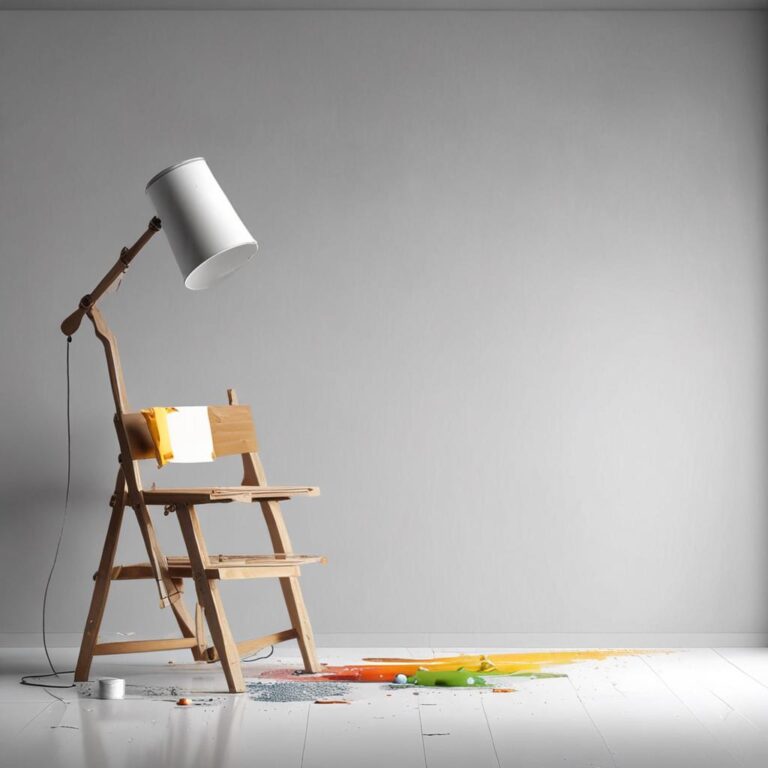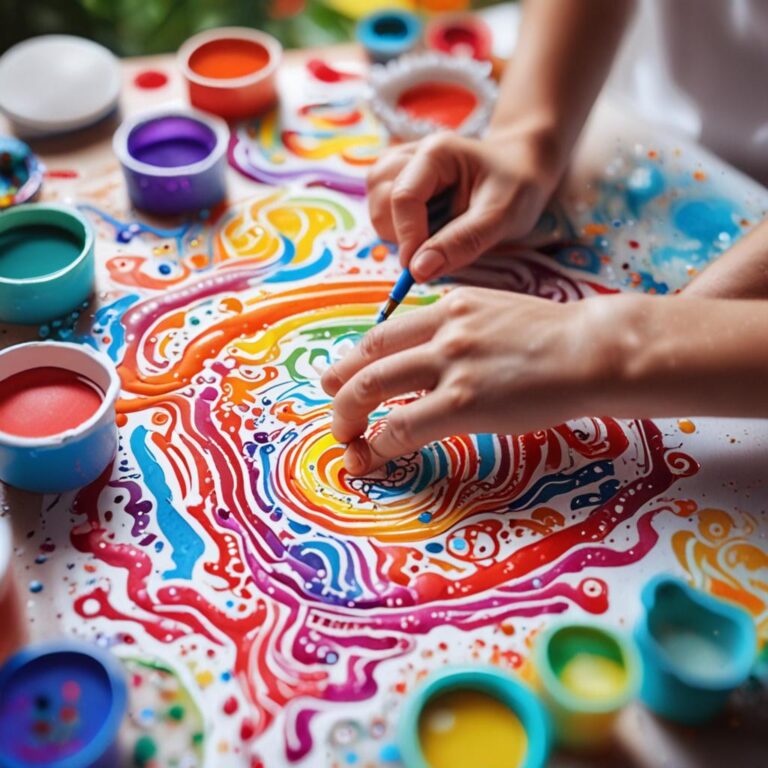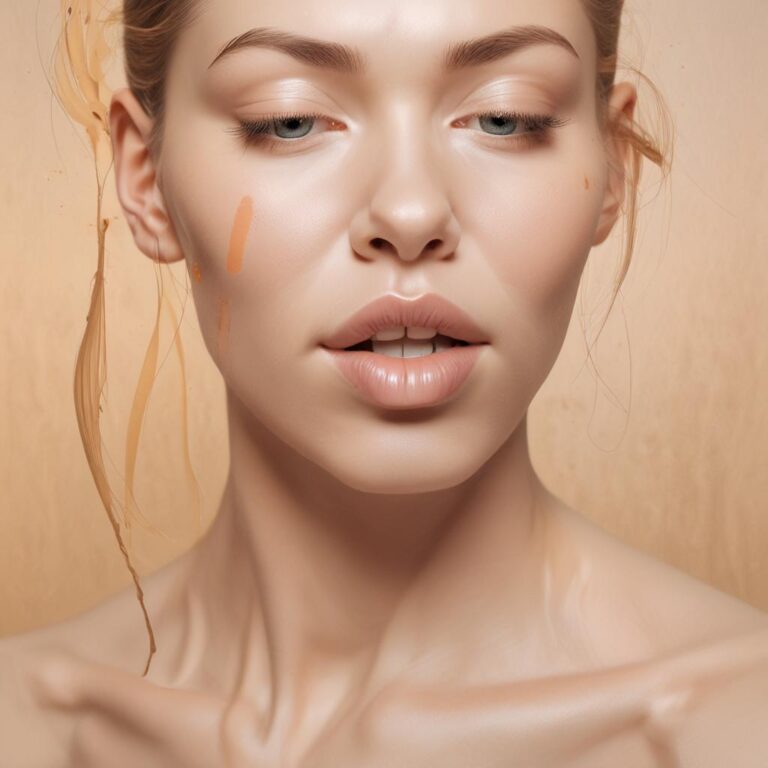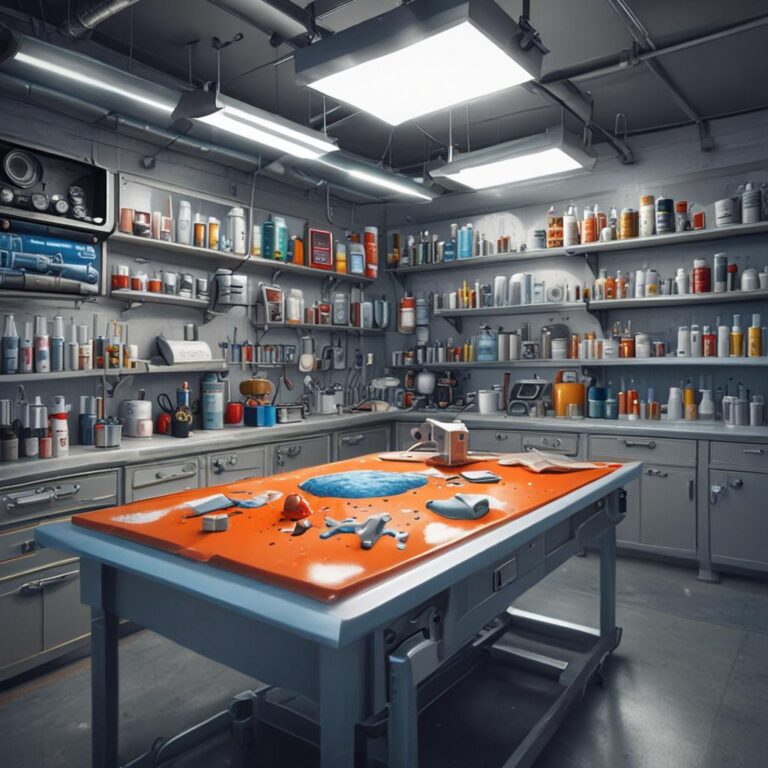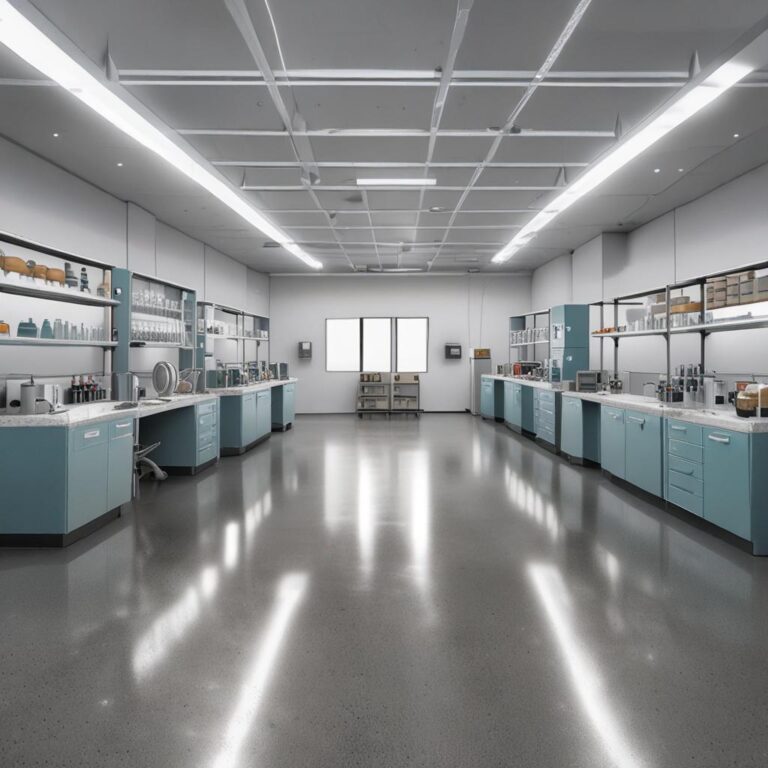How Many Square Feet Does a Gallon of Paint Cover
Planning a painting project can be both exciting and daunting, especially when it comes to estimating how much paint you’ll need. Understanding paint coverage is crucial to avoid the frustration of running out of paint mid-project or ending up with excess cans cluttering your storage. A gallon of paint typically covers 350 to 400 square feet per coat, but this can vary based on several factors. In this guide, we’ll break down everything you need to know about paint coverage, from basic calculations to practical tips, ensuring your project is seamless and cost-effective.
Step-by-Step Process
Check Paint Label
Look for coverage rate per gallon on the paint can.
Calculate Room Area
Measure walls and subtract doors/windows to find square footage.
Adjust for Surface Type
Reduce coverage for rough or porous surfaces by 10-20%.
Plan for Coats
Divide total area by coverage per coat (e.g., 350 sq ft/gallon).
Add Extra for Touch-Ups
Buy 10% more paint to account for mistakes or future repairs.
Process infographic for How Many Square Feet Does a Gallon of Paint Cover
Understanding Paint Coverage Basics
What Is Paint Coverage?
Paint coverage refers to the area that a specific volume of paint can cover when applied to a surface. It’s influenced by factors such as the type of paint, the texture of the surface, and the method of application. For example, a smooth wall will require less paint than a textured one, and a high-quality paint may offer better coverage than a budget option.
Standard Coverage Rates
Most paints, especially latex-based ones, cover between 350 and 400 square feet per gallon for a single coat. Oil-based paints, on the other hand, often provide slightly better coverage but come with longer drying times. Exterior paints may have different coverage rates due to their formulation for durability and weather resistance. Always check the manufacturer’s label for specific details.
How to Calculate Paint Coverage for Your Project
Measuring Your Space
Start by measuring the height and width of each wall to calculate the total square footage. Subtract areas like windows and doors that won’t be painted. For example, a wall that’s 10 feet wide and 8 feet tall has an area of 80 square feet. If there’s a window that’s 3 feet by 4 feet, subtract 12 square feet, leaving you with 68 square feet to paint. Repeat this for all surfaces and add them together.
Estimating Paint Quantity
Once you have the total square footage, divide it by the coverage rate of your paint (e.g., 400 square feet per gallon). If you’re applying two coats, double the amount. For example, a room with 800 square feet of paintable area would require 2 gallons for one coat or 4 gallons for two coats. Always round up to ensure you have enough paint.
Factors That Affect Paint Coverage
Surface Type and Texture
Smooth surfaces like drywall require less paint, while textured surfaces like stucco or brick can absorb more. Porous materials, such as new drywall, may also need additional coats for even coverage.
Paint Type and Quality
Matte finishes tend to cover better than glossy ones, which may require more coats for an even look. High-quality paints often provide better coverage and durability compared to cheaper alternatives.
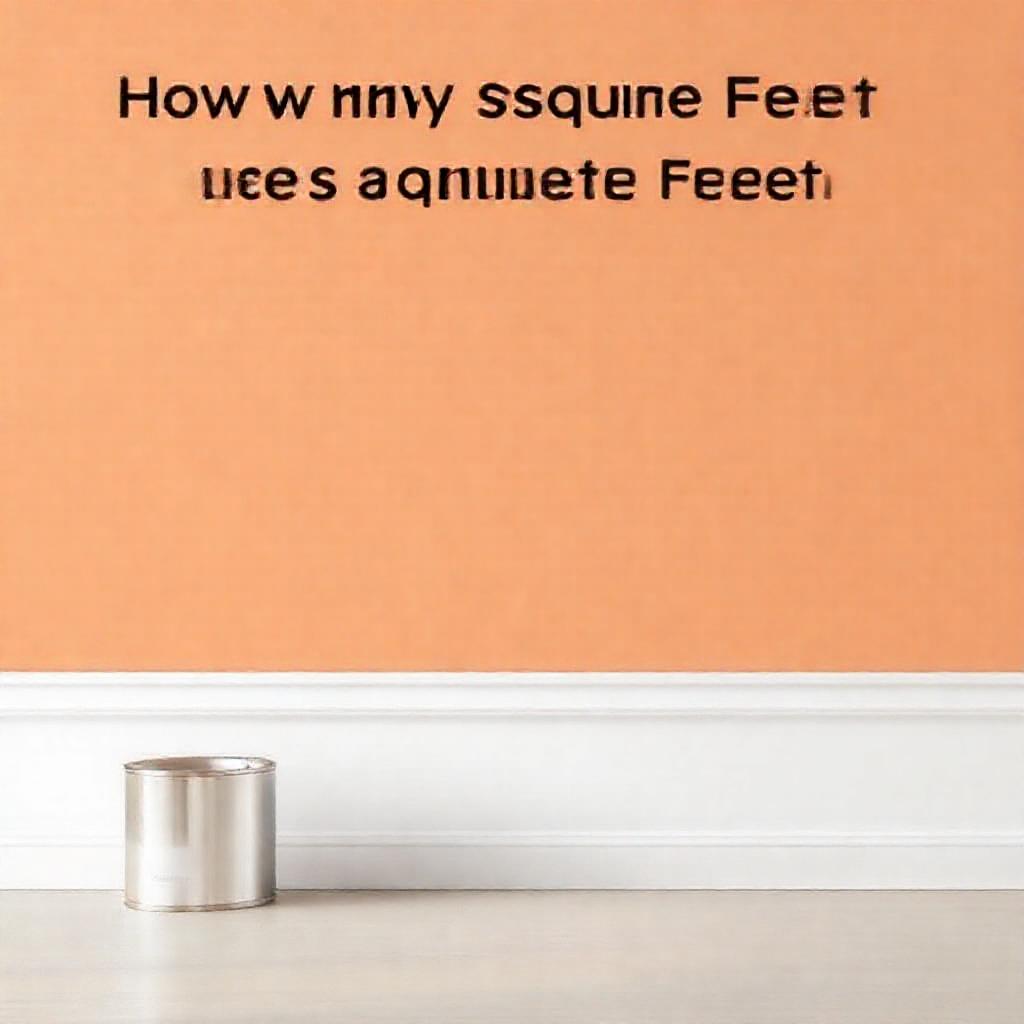
Application Method
Using a roller is generally more efficient than a brush, while sprayers can cover large areas quickly but may waste more paint. Overloading your tool or thinning the paint can also reduce coverage.
Environmental Conditions
Humidity, temperature, and ventilation can affect how paint adheres and dries. High humidity can slow drying times, while low temperatures may cause the paint to thicken, reducing coverage.
Practical Examples and Real-World Applications
Painting a Room
For a 12×12 room with 8-foot ceilings and two doors, calculate the wall area (384 square feet), subtract the doors (32 square feet), and you’re left with 352 square feet. One gallon of paint would suffice for a single coat, but two coats would require 2 gallons.
Painting a House or Large Space
For larger projects, scale your calculations by adding up the square footage of all walls. Divide by the coverage rate and account for multiple coats. Organize your work by painting one room or section at a time to stay efficient.
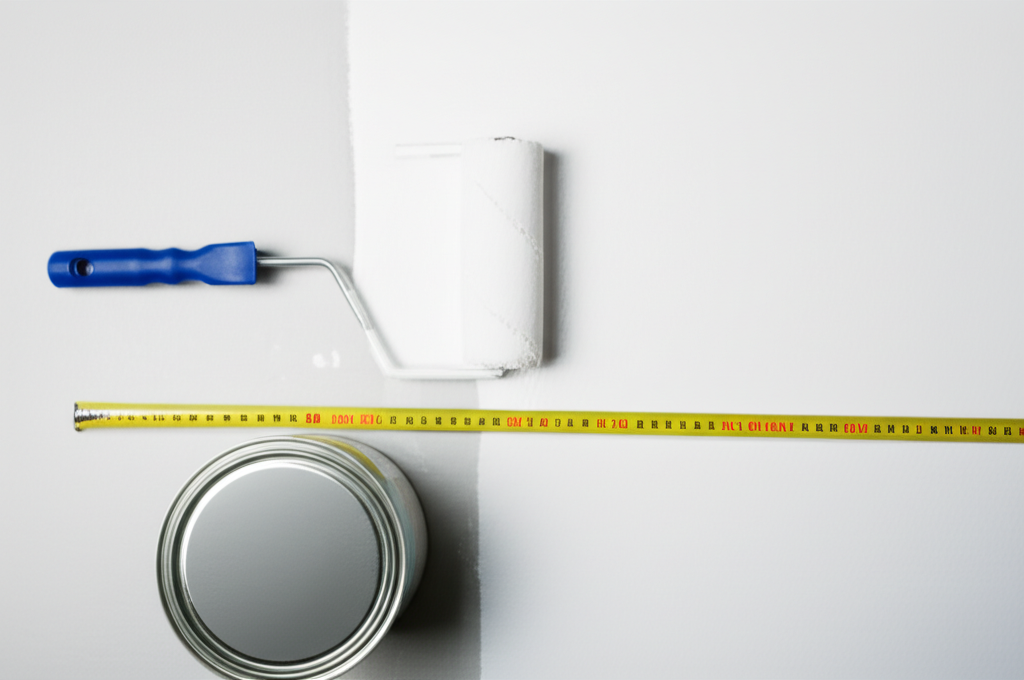
Special Projects (Fences, Trim, etc.)
Vertical surfaces like fences or trim may require more paint due to drips and absorption. Use paint specifically formulated for these materials to ensure durability and proper coverage.
Tips to Maximize Paint Coverage Efficiency
Use the Right Tools
Invest in high-quality rollers, brushes, or sprayers for even application. The right tools can help you achieve better coverage with less paint.

Apply Primer
Priming your surfaces before painting can improve coverage and adhesion, especially on porous or uneven surfaces. This step can also reduce the number of paint coats needed.
Optimize Application Technique
Apply thin, even coats rather than thick layers to avoid waste and ensure a smooth finish. Allow each coat to dry completely before applying the next.
Frequently Asked Questions (FAQ)
How much paint do I need for a second coat?
Use the same calculation as the first coat, unless the surface has absorbed more paint or requires additional coverage.
Does paint coverage vary by color?
Yes, darker or more vibrant colors may require additional coats for even coverage.
Why is my paint not covering as much area as expected?
Common reasons include poor application, uneven surfaces, or using low-quality paint.
How do I calculate coverage for a ceiling?
Multiply the length by the width of the ceiling and divide by 400 for a single coat.
Does oil-based paint cover more area than latex?
Oil-based paints often require fewer coats, but coverage depends on the surface and application method.
Conclusion
Understanding paint coverage is essential for any successful painting project. By accurately measuring your space, accounting for surface type and paint quality, and optimizing your application technique, you can save time, money, and effort. Plan ahead, experiment with small areas if needed, and enjoy the satisfaction of a beautifully painted space.



